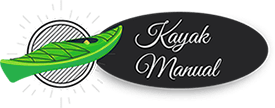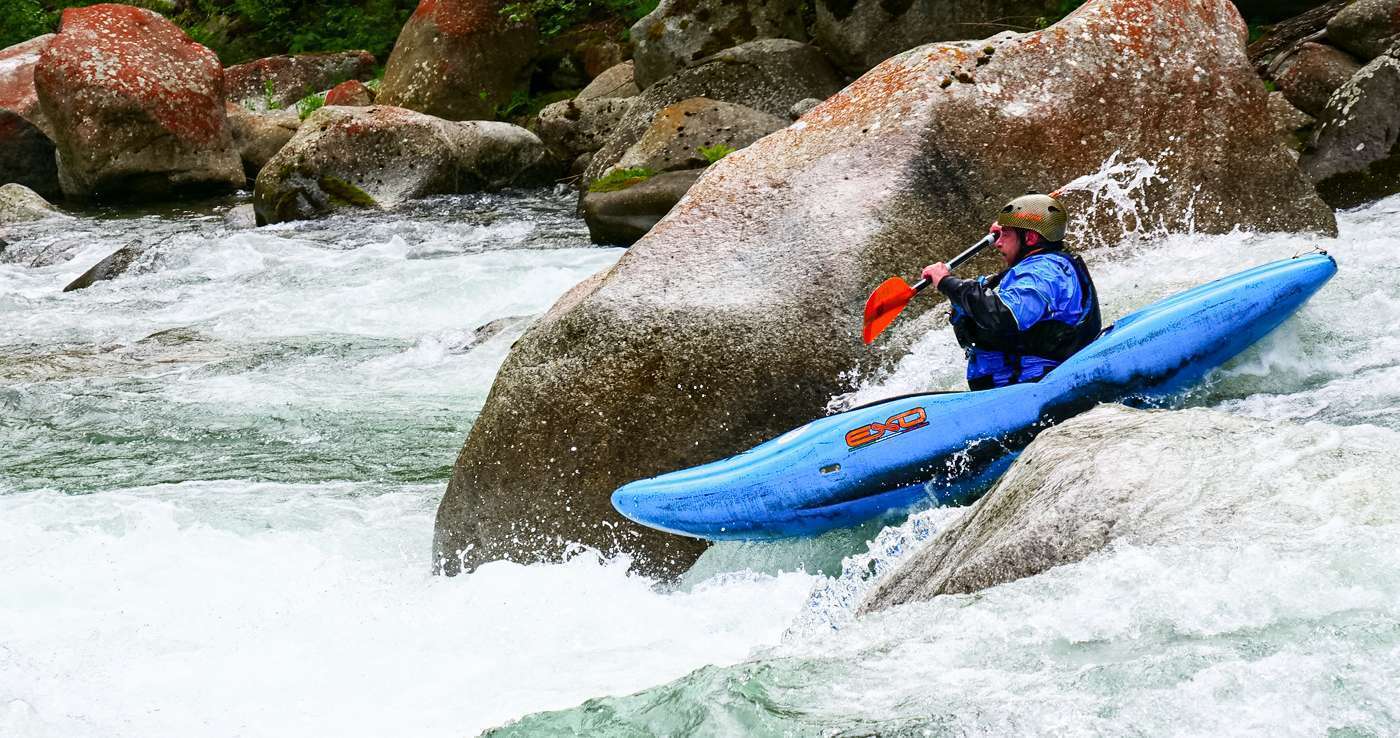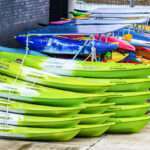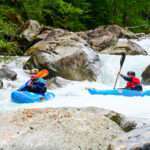Whitewater kayaking can be a dangerous sport if you do not obtain adequate training beforehand. When out on whitewater, it’s essential you know how to maneuver your boat so it does not capsize.
While you may be tempted to paddle out without having learned the basics of whitewater kayak training, a hard wave can teach you just how disastrous this choice could be. Find an instructor with formal training and learn the techniques needed to help you safely and effectively paddle out on whitewater to enjoy this fun and adventurous sport.
Instructions
Difficulty: Moderately Challenging
Things You’ll Need:
- Kayak
- Life jacket
- Paddle
- Helmet
- Spray skirt
- River shoes
- Sunglasses
- Sunscreen
Step 1
Find a professional whitewater kayaking class in your area. Paddling clubs and associations are available statewide. Ask for a directory of whitewater kayaking instructors.
Step 2
Select a certified kayak instructor who can teach you how to safely use equipment and how to paddle safely to help prevent injury and reduce fatigue while out on the water.
Step 3
Purchase or rent the equipment needed to begin your whitewater kayaking training if it is not already provided by your instructor.
Bring a kayak, life jacket, paddle, helmet and a spray skirt, which is a barrier that wraps around the cockpit of your kayak to prevent water entering your boat. Bring river shoes, sunglasses and sunscreen as well.
Step 4
Learn how to enter your kayak without tipping. Position your kayak so it is parallel to the whitewater. Ease your body onto the rear deck of your kayak. Sit with your feet touching the seat below.
Prop your paddle against the rear deck for balance and then slide down into the kayak cockpit. Sit upright with both feet extended forward. Bend your knees and rest your feet on the front pegs.
Step 5
Paddle your boat. Handle the paddle from the center of the shaft, with some distance between both your hands. Lower and then push your paddle through the water from front (bow) to back (stern) to move your kayak forward.
Step 6
Practice the low brace. Check that your paddle blade is parallel to the water. Lean forward with your hands down and your elbows extended in the air. Press your paddle to your bellybutton.
This technique creates the resistance necessary to prevent your boat from capsizing. Practice until you can perform the low brace quickly when whitewater kayaking.
Step 7
Control your upper body when whitewater kayaking. Keep your body straight to maintain a sense of balance. Rotate your kayak with your body easing into each turn to avoid a spill.
Tips & Warnings
- Improve your swimming ability before beginning whitewater kayak training.
- Only attempt the whitewater levels for which you have been trained.
- After heavy rains, rapids can be more dangerous.



